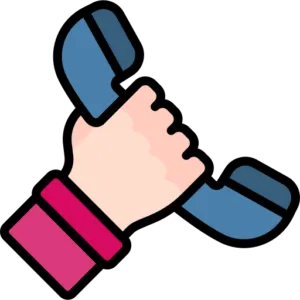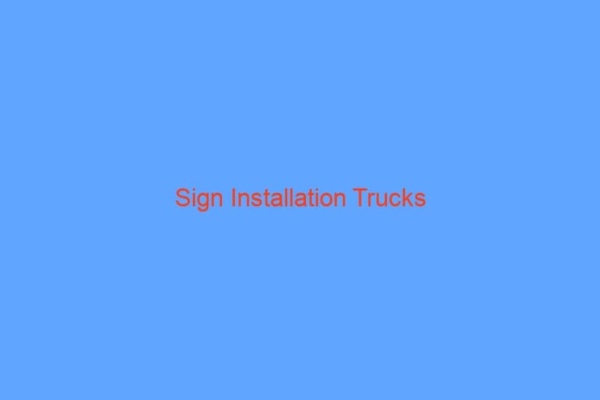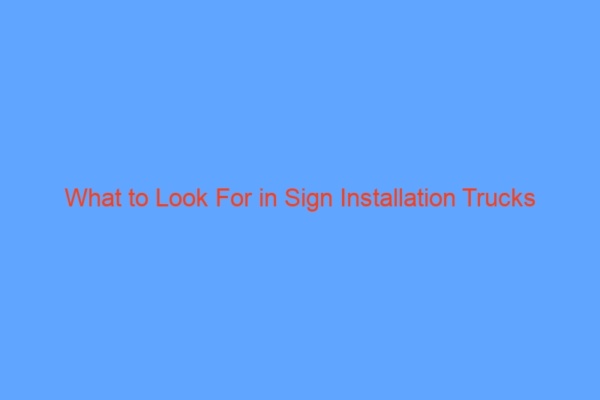Menu
Category Archives: Lake Area Signs
Signage is key for businesses looking to establish themselves within their local community, both attracting new customers and reminding existing ones of what…
Signage that's professionally installed can increase brand recognition, visibility and sales; while one that's poorly installed could make the company appear amateurish and…
© Copyright since 1982 to present.
Sign Company Orange County – Anaheim Signs – Sign Contractor # 490521 – All Rights Reserved
|





